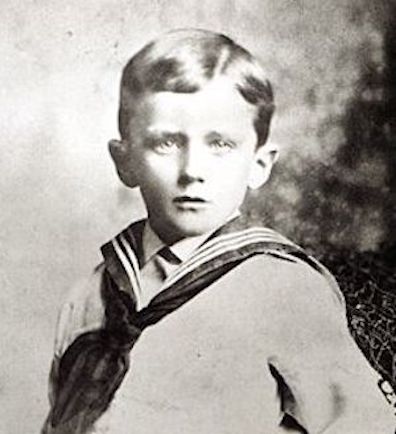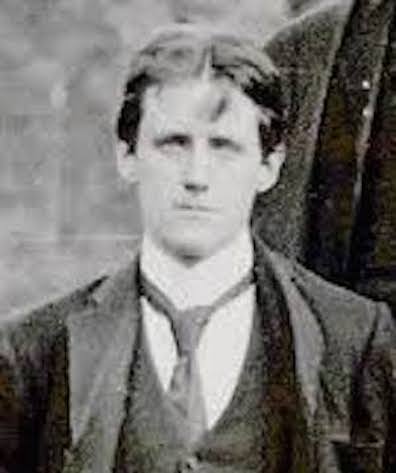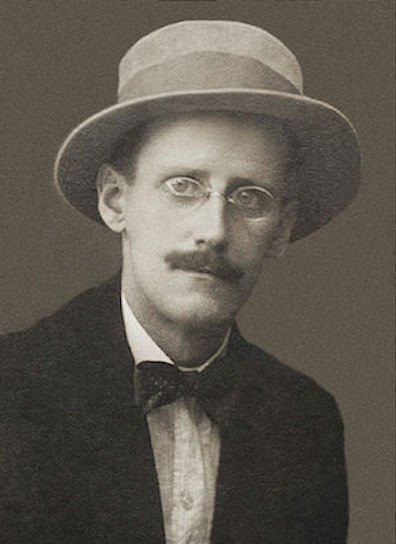"I, I, and I. I." As Stephen begins to explain to the
Dubliners the ways in which Shakespeare’s identity resides
within the characters he created, his mind wanders into
thoughts of his own life and the metamorphosis of the self
from day to day. Gifford points out this passage’s economical
incorporation of both the discontinuity and continuity of
identity—three distinguishable I’s and a single unified I.
We are primed for this tension in the preceding lines. Though
Joyce’s use of the triple “I” could be abstracted to represent
any number of trinity-related concepts, his contextual
emphasis on particular identity suggests the triple-self of
consciousness: the past (memory), present (experience), and
future (anticipation). “Molecules all change,”
Stephen thinks. “I am other I now.” And yet
identity somehow remains stable thanks to memory’s continuity,
as he thinks two lines later: “But I, entelechy, form
of forms, am I by memory because under everchanging forms.”
Gifford notes that the Aristotelian term entelechy signifies
the actuality of particular existence with the “power to
produce other actualities of the same kind” (206). Stephen
thinks of two earlier actualities: "I that sinned and
prayed and fasted" (the fornicating and repenting
adolescent represented in chapters 2, 3, and 4 of A
Portrait of the Artist as a Young Man), and "A
child Conmee saved from pandies" (the six-year-old
boy represented in chapter 1).
Identity is central to any book where the author is writing
about himself, but Joyce plays in particularly daring ways
with its continuities and discontinuities. In Circe,
the character of the fan speaks to Stephen: “Is me her was you
dreamed before? Was then she him you us since knew? Am all
them and the same now we?” This syntax imposes transitive
properties on otherwise separate identities. The comparison
can be made to a mechanical fan, an object of nearly identical
yet ontologically distinct blades that expand through space
and time to produce their own overarching unity.


